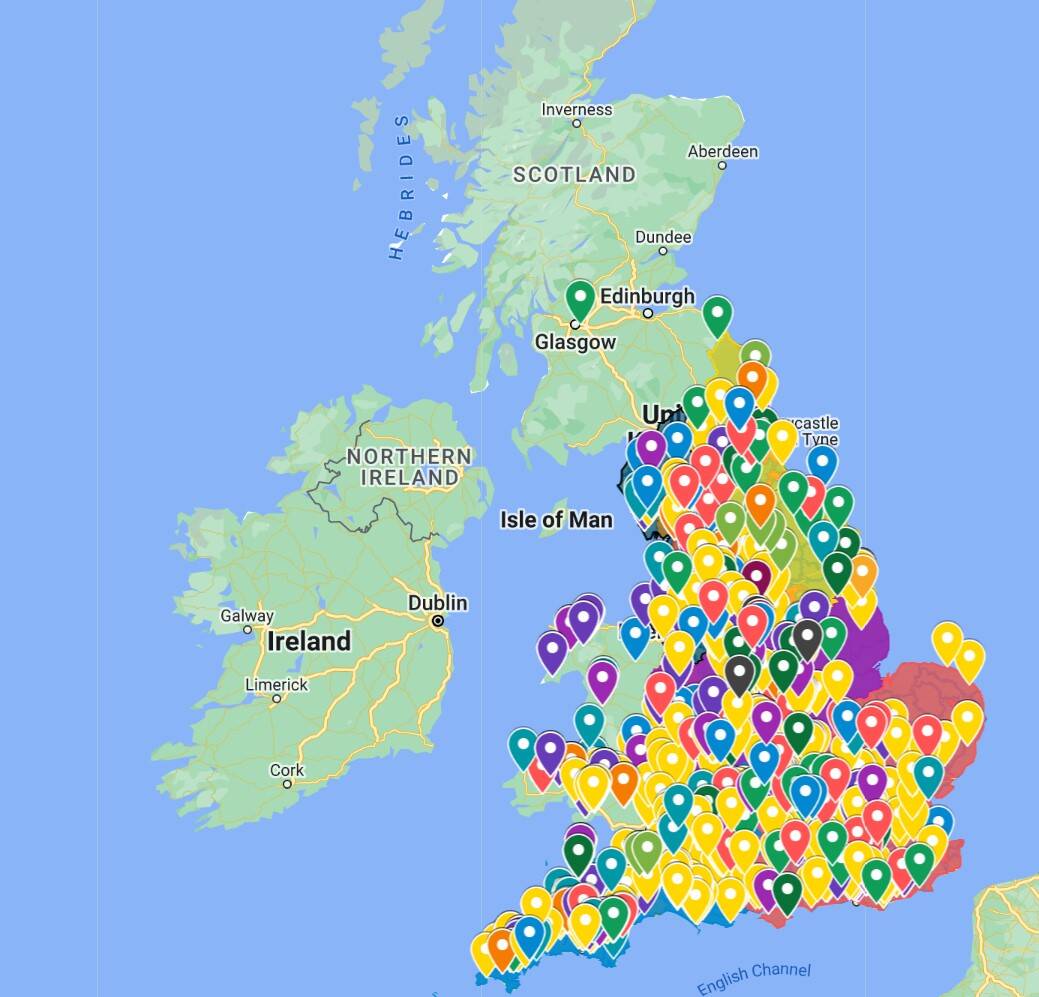You’ve reached your limit!
To continue enjoying Utility Week Innovate, brought to you in association with Utility Week Live or gain unlimited Utility Week site access choose the option that applies to you below:
Register to access Utility Week Innovate
- Get the latest insight on frontline business challenges
- Receive specialist sector newsletters to keep you informed
- Access our Utility Week Innovate content for free
- Join us in bringing collaborative innovation to life at Utility Week Live

Community Energy England has joined forces with BEIS Net Zero Hubs and Community Energy Scotland to compile a nationwide map of community energy groups, projects, and their locations to boost grassroots collaborative innovation.
Launched in July 2022 using data collated by Community Energy England, BEIS Net Zero Hubs and Community Energy Scotland, the Community Energy in England map displays the locations of community energy groups and projects nationwide.
The map aims to connect people and projects in the hope of fostering greater collaborative innovation within the energy sector at a local level, and allow the likes of local authorities, MPs and DNOs to locate organisations and schemes within their areas in the hope of accelerating community energy activity – which engaged more than 217,000 people across the UK in 2021.
According to Community Energy England, the map can also be used by community energy organisations as evidence for funding applications.

- Supporting customers through this winter and identifying emerging vulnerabilities are among the key themes at the Utility Week Forum, which will take place in London on 8-9 November. Find out more here.
Changing landscape
Compiled using Community Energy England’s annual State of Sector reports and information from BEIS on projects funded through the recently closed Rural Community Energy Fund programme, the map allows users to search for grassroots energy projects by criteria including technology type – ranging from solar and wind to anaerobic digestion – DNO area, regional boundaries for net zero, and parliamentary constituency.
 “We want to encourage more people to get involved in community energy and be inspired by what others are doing, be able to examine the changing landscape of community energy, and facilitate the identification of community energy work and activity that is relevant at national and local levels,” Kim Woodcock, communications and events officer at Community Energy England, explained.
“We want to encourage more people to get involved in community energy and be inspired by what others are doing, be able to examine the changing landscape of community energy, and facilitate the identification of community energy work and activity that is relevant at national and local levels,” Kim Woodcock, communications and events officer at Community Energy England, explained.
“We want to use the collected data for ongoing analysis of community energy in order to show the sector’s full impact, track growth and use it as evidence for policy making and influencing policy change.”
According to Community Energy England’s latest State of Sector report, the number of community energy groups in the UK grew by 18 to 495 in 2021.
Please login or Register to leave a comment.